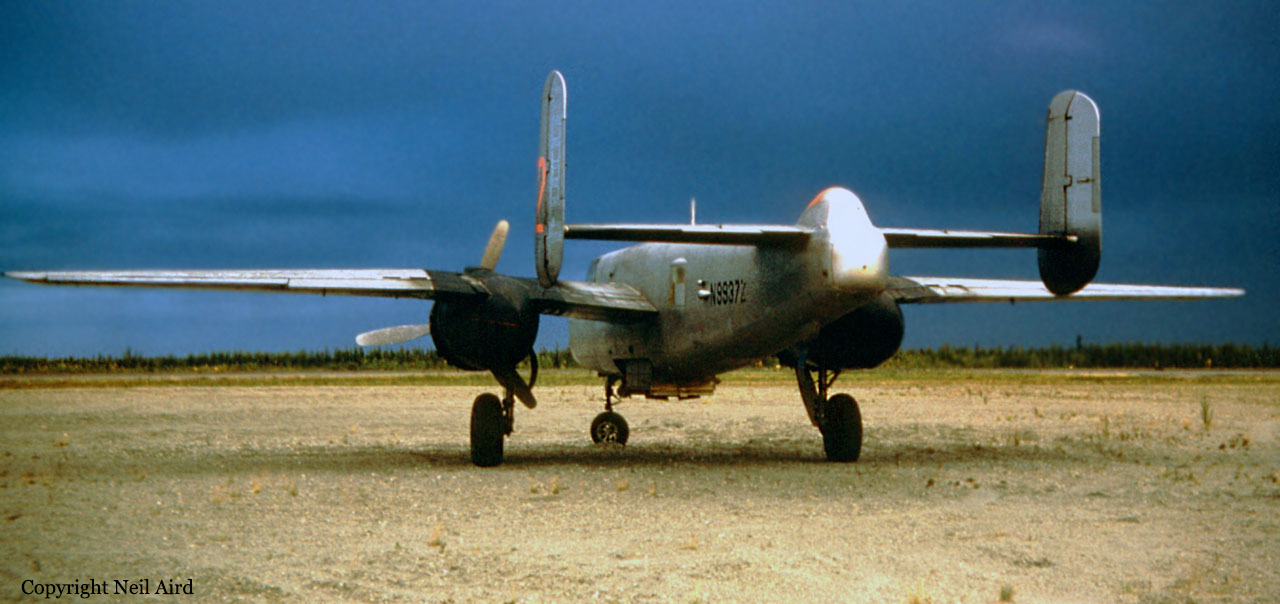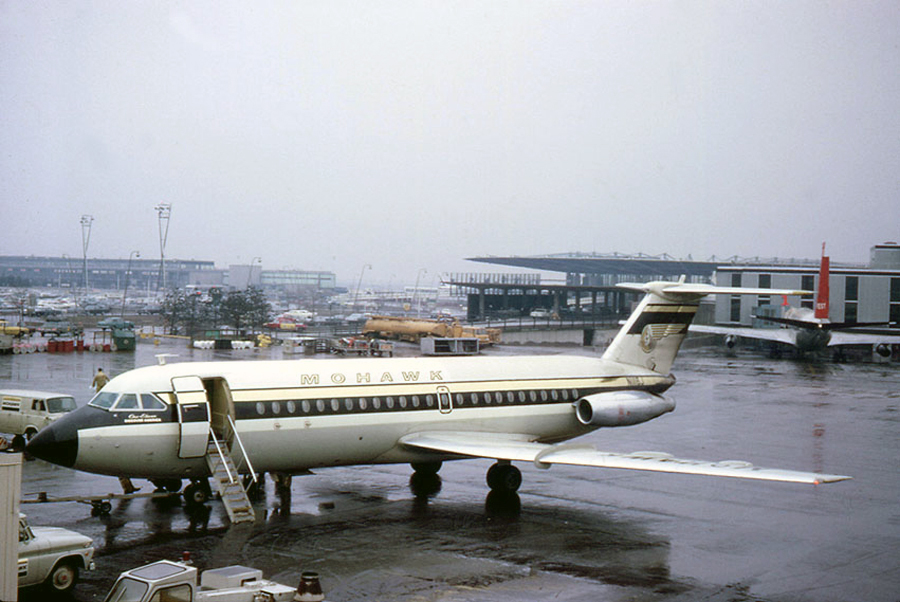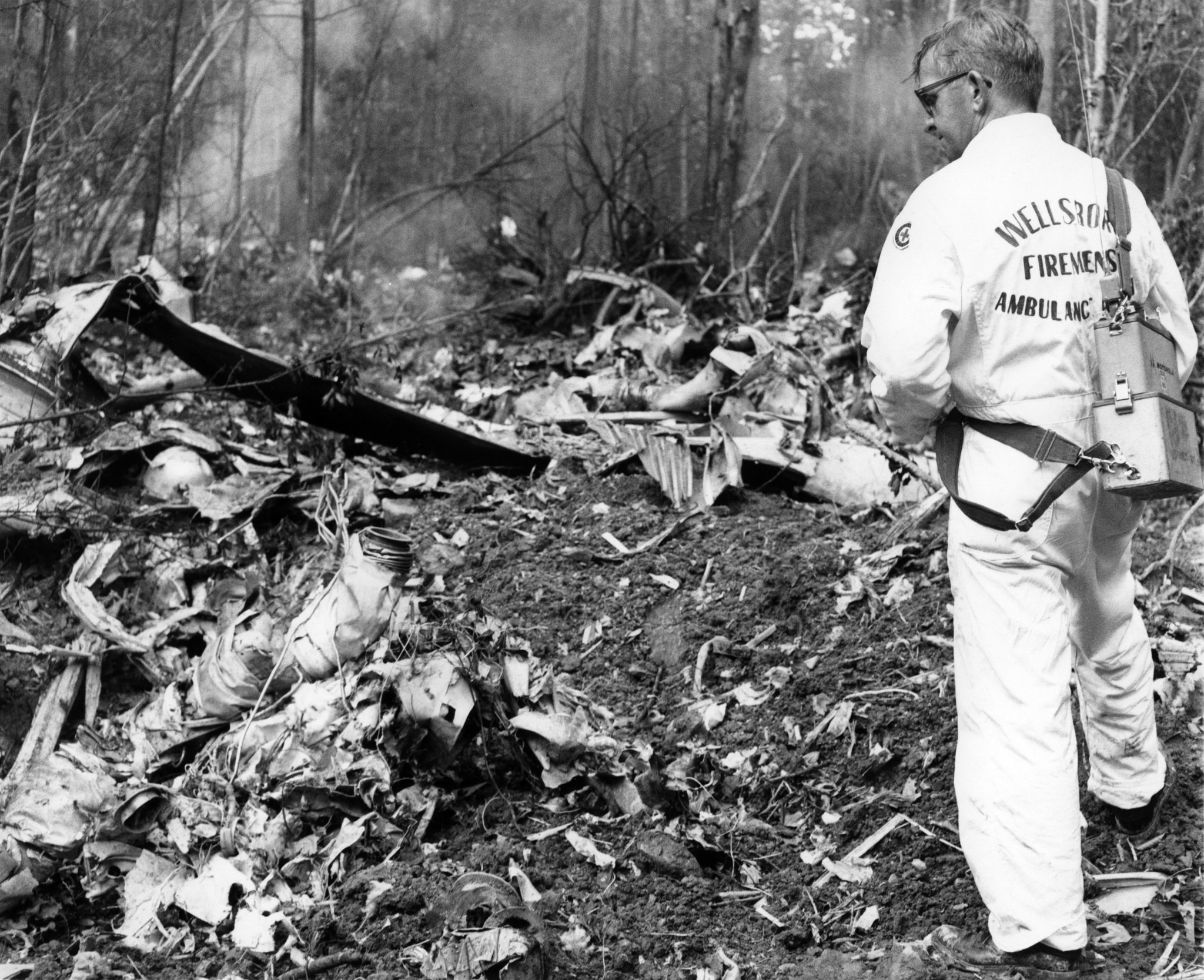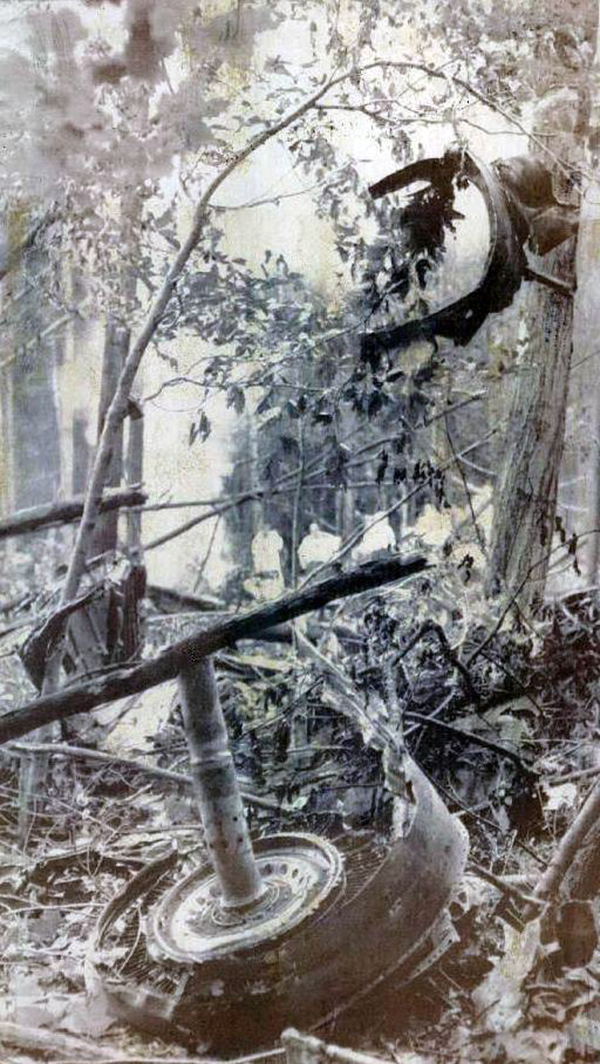Crash of a Grumman G-159 Gulfstream I near Le Center: 2 killed
Date & Time:
Jul 11, 1967 at 1104 LT
Registration:
N861H
Survivors:
No
Schedule:
Minneapolis - Minneapolis
MSN:
147
YOM:
1964
Crew on board:
2
Crew fatalities:
Pax on board:
0
Pax fatalities:
Other fatalities:
Total fatalities:
2
Captain / Total hours on type:
639.00
Copilot / Total hours on type:
67
Aircraft flight hours:
1937
Circumstances:
The crew departed Minneapolis-St Paul Airport for a local training mission. En route, while in cruising altitude, the airplane went into an uncontrolled descent until it crashed in an open field located 5 miles southeast of Le Center. The aircraft was destroyed and both pilots were killed.
Probable cause:
Failure of the electric pitch control mechanism. Excessive temperature in relays and wiring, causing fire in engine, brakes and wheel assembly.
Final Report:












